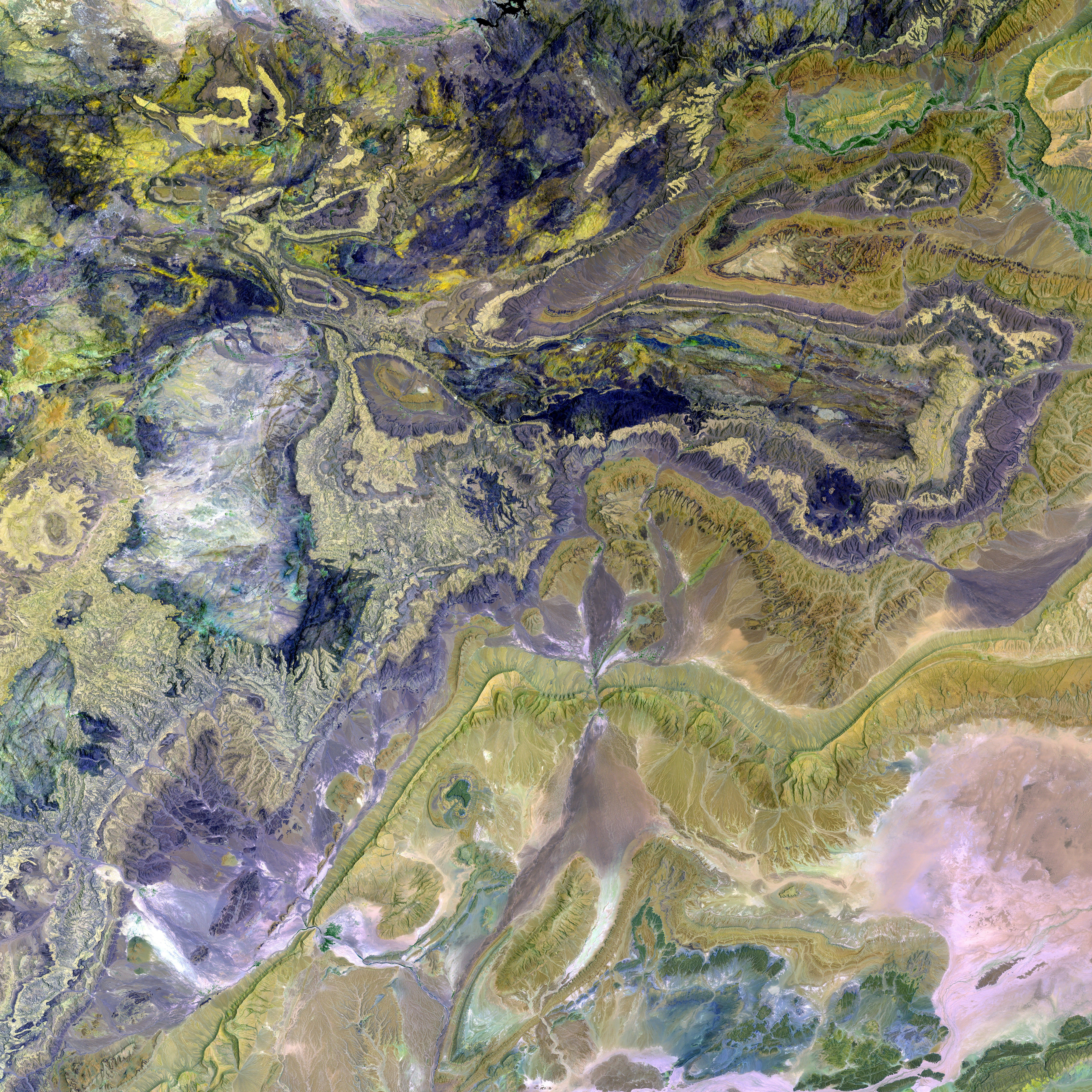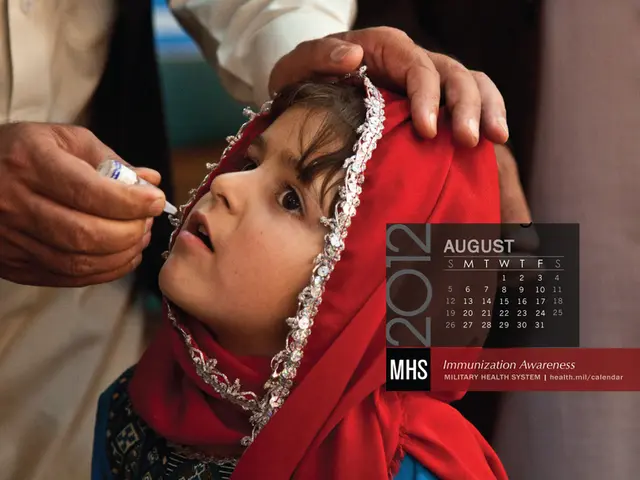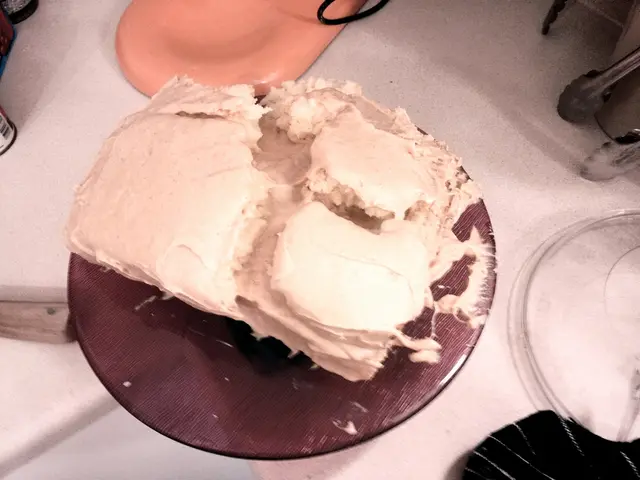Distinguishing Age Spots from Skin Cancer: A Guide to Recognition
Age Spots vs. Skin Cancer Unveiled:
As you age, spots may appear on your skin – some harmless and others a cause for concern. Here's a rundown of age spots, skin cancer, and actinic keratosis, their distinctions, and what you should look out for.
Decoding the Marks
Age Spots
Age spots, also known as solar lentigines or liver spots, are typically harmless and show up as small, darker patches on your skin. They're usually:
- smooth and flat
- yellow, brown, or gray
- defined with clear borders
- ranging from a few millimeters to centimeters in size
- found on sun-exposed areas like the face, hands, shoulders, feet, arms, and back
These spots often become more pronounced in summer due to UV exposure.
Skin Cancer
Unlike age spots, skin cancer can be a serious issue. The most common types are basal cell carcinoma, squamous cell carcinoma, and melanoma. Symptoms vary depending on the type, but some signs to watch out for include:
- asymmetry
- irregular, blurred, or ragged edges
- changing size, color, or shape
- multiple colors on the same spot
- unusual textures such as raised, red patches, pale or yellow firm patches similar to scars, crusty or scaly patches, etc.
If you notice any of these signs or something out of the ordinary, it's essential to seek medical advice. Early diagnosis can significantly improve treatment outcomes.
Actinic Keratosis
Actinic keratosis is a precancerous growth that can resemble an age spot, especially when it's flat and scaly. It typically appears on sun-exposed areas and may be a precursor to squamous cell carcinoma if left untreated.
When to Consult a Healthcare Professional
If you observe any unusual changes in your skin, such as spots that change color, shape, size, or location, or if they itch, crust, scab, or don't heal within four weeks, it's best to consult a doctor. Prompt attention is crucial in detecting skin cancer early.
Diagnosis and Treatment
Age spots can be diagnosed by a physical examination and may not require treatment. For more serious concerns, a skin biopsy may be performed.
Treatment options for age spots, such as creams, lotions, laser treatments, cryosurgery, microdermabrasion, or chemical peeling, can help reduce their appearance if desired.
Skin cancer treatment depends on factors like the type and stage of cancer, and it may involve surgical removal, topical therapies, radiation therapy, chemotherapy, immunotherapy, or systemic medication.
Stay vigilant, and consult a dermatologist if you notice anything unusual on your skin. Remember, early detection can lead to more effective and positive outcomes.
- Although age spots are typically harmless, it's crucial to consult a healthcare professional if you notice any spots that change size, color, shape, or location, or those that itch, crust, scab, or fail to heal within four weeks as they might be signs of skin cancer.
- In dermatology, melanoma is a type of skin cancer that exhibits symptoms such as asymmetry, irregular, blurred, or ragged edges, changing size, color, or shape, and multiple colors on the same spot, among others.
- Besides age spots and melanoma, otherskin cancers like basal cell carcinoma and squamous cell carcinoma can also develop, and early detection through science and medical-conditions monitoring is essential for effective and positive health-and-wellness outcomes.
- Skin care and skin-care products are not just for cosmetic purposes; they can also aid in the prevention of skin-conditions such as skin cancers and age spots.
- Seniors, due to prolonged sun exposure over their lifetimes, are at a higher risk of developing skin cancers and should regularly check their skin for any unusual growths or changes, seeking medical advice when necessary.








